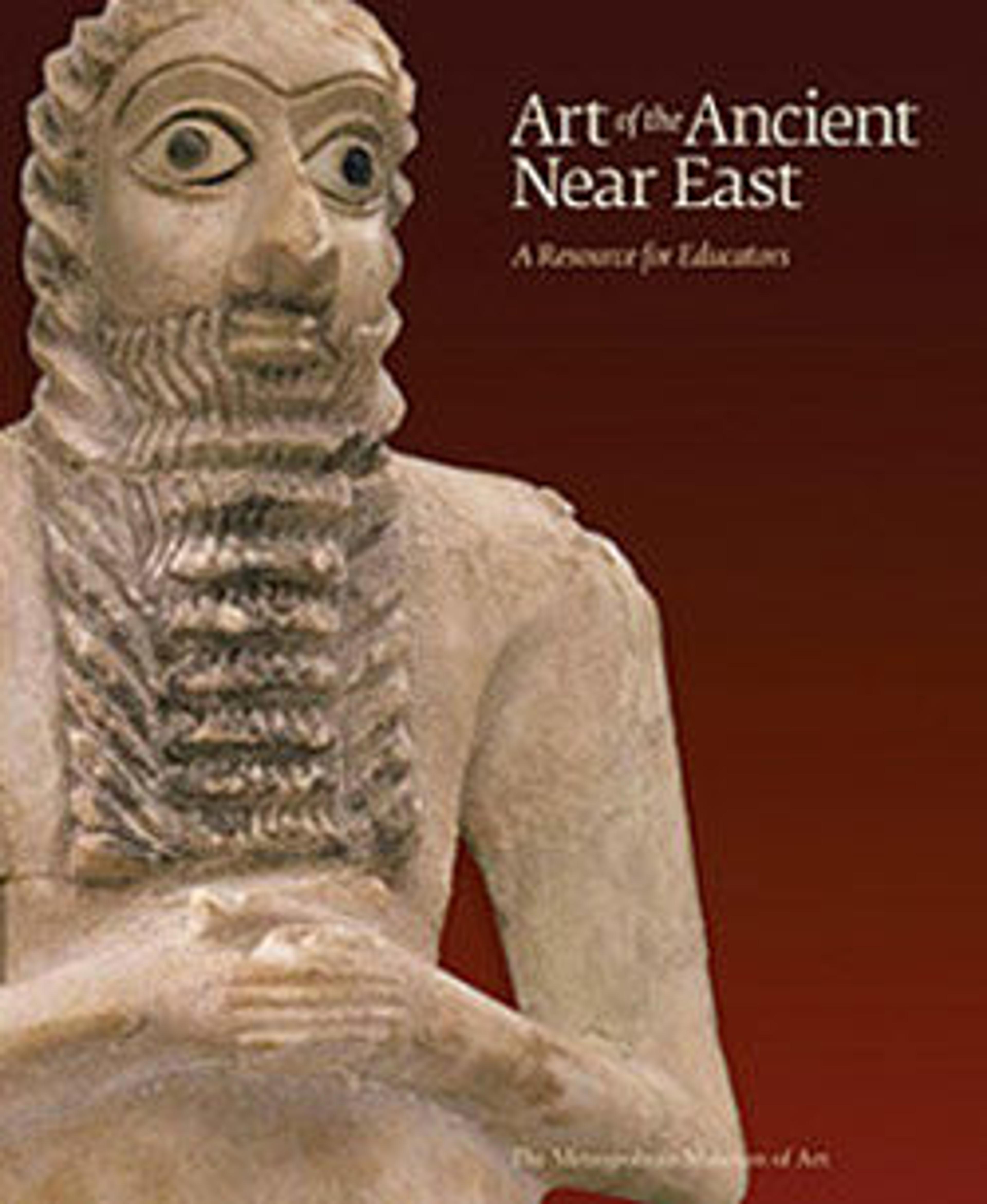Cuneiform tablet: record of a lawsuit
Kültepe, the ancient city of Kanesh, was a powerful and cosmopolitan city located in northern Cappadocia in central Anatolia. During the early second millennium B.C., it became part of the network of trading settlements established across the region by merchants from Ashur (in Assyria in northern Mesopotamia). Travelling long distances by donkey caravan, and often living separately from their families, these merchants traded vast quantities of tin and textiles for gold and silver in addition to controlling the copper trade within Anatolia itself. Although the merchants adopted many aspects of local Anatolian life, they brought with them Mesopotamian tools used to record transactions: cuneiform writing, clay tablets and envelopes, and cylinder seals. Using a simplified version of the elaborate cuneiform writing system, merchants tracked loans as well as business deals and disputes, and sent letters to families and business partners back in Ashur. These texts also provide information about the greater political history of Ashur and the Anatolian city-states as well as details about the daily life of Assyrians and Anatolians who not only worked side-by-side, but also married and had children together. At Kültepe, thousands of these texts stored in household archives were preserved when fire destroyed the city in ca. 1836 B.C. and provide a glimpse into the complex and sophisticated commercial and social interactions that took place in the Near East during the beginning of the second millennium B.C.
This tablet, the longest extant Old Assyrian legal text, represents one such document and records court testimony describing a dispute between two merchants. This testimony was delivered before witnesses representing the authority of the merchant government in Kanesh as well as the dagger of the god Ashur. In the text, Suen-nada and Ennum-Ashur accuse each other of stealing the valuable contents of a private archive which they both claim to own. Items within the archive include cylinder seals, tablets belonging to various named merchants, and tablets belonging to strangers that were deposited there for safe keeping. As undisturbed tablet storerooms are extremely rare, this text is important for reconstructing the contents of a sealed archive. Ennum-Assur calls for the case to be moved to Ashur to be tried in front of the city assembly and king, but unfortunately the verdict of the court is unknown. The tablet was contained in a clay envelope or case also in The Metropolitan’s collection (66.245.5b)
This tablet, the longest extant Old Assyrian legal text, represents one such document and records court testimony describing a dispute between two merchants. This testimony was delivered before witnesses representing the authority of the merchant government in Kanesh as well as the dagger of the god Ashur. In the text, Suen-nada and Ennum-Ashur accuse each other of stealing the valuable contents of a private archive which they both claim to own. Items within the archive include cylinder seals, tablets belonging to various named merchants, and tablets belonging to strangers that were deposited there for safe keeping. As undisturbed tablet storerooms are extremely rare, this text is important for reconstructing the contents of a sealed archive. Ennum-Assur calls for the case to be moved to Ashur to be tried in front of the city assembly and king, but unfortunately the verdict of the court is unknown. The tablet was contained in a clay envelope or case also in The Metropolitan’s collection (66.245.5b)
Artwork Details
- Title: Cuneiform tablet: record of a lawsuit
- Period: Middle Bronze Age–Old Assyrian Trading Colony
- Date: ca. 20th–19th century BCE
- Geography: Anatolia, probably from Kültepe (Karum Kanesh)
- Culture: Old Assyrian Trading Colony
- Medium: Clay
- Dimensions: 6 5/8 in. × 2 7/8 in. × 1 in. (16.9 × 7.3 × 2.5 cm)
- Credit Line: Gift of Mr. and Mrs. J. J. Klejman, 1966
- Object Number: 66.245.5a
- Curatorial Department: Ancient West Asian Art
More Artwork
Research Resources
The Met provides unparalleled resources for research and welcomes an international community of students and scholars. The Met's Open Access API is where creators and researchers can connect to the The Met collection. Open Access data and public domain images are available for unrestricted commercial and noncommercial use without permission or fee.
To request images under copyright and other restrictions, please use this Image Request form.
Feedback
We continue to research and examine historical and cultural context for objects in The Met collection. If you have comments or questions about this object record, please complete and submit this form. The Museum looks forward to receiving your comments.
